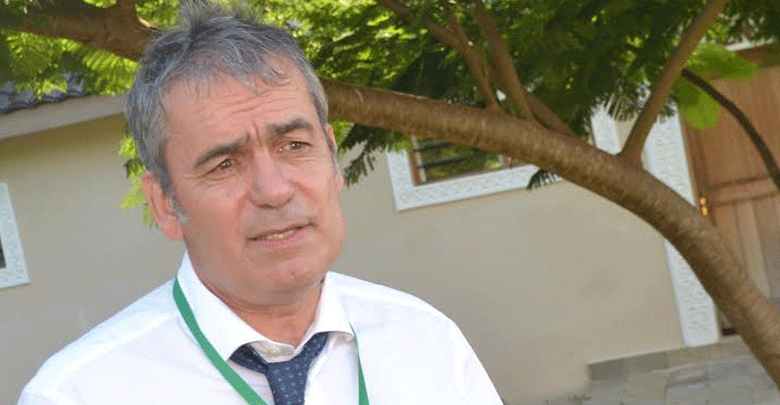Conservationists call for restoration of the coastal mangrove
By Jasmine Atieno, June 15, 2021
Jasmine Atieno @sparkleMine
Mangrove forests, which were once generally dismissed as swampy wastelands are now being embraced by planners, scientists and coastal dwellers, who currently value them as the remarkably diverse and important ecosystems they really are.
Mangroves, sea grass beds, and coral reefs work as a single system that keeps coastal zones healthy.
The trees trap sediments and pollutants that would otherwise flow out to sea.
They also provide ideal breeding grounds for much of the world’s fish, shrimp, crabs and other shellfish.
These coastal forests are prime nesting and resting sites for hundreds of shorebirds and migratory bird species.
Unfortunately though, most of the communities surrounded by these trees have over time lacked the awareness on proper conservation and restoration in order to greatly improve their livelihood.
Stakeholders have been working through the just ended Mikoko Project, a two-year project whose main objective has been to restore and conserve mangrove forests in Kenya to improve socioeconomic well-being and ensure environmental sustainability, especially in the context of climate change.
Speaking during a workshop dubbed The Mikoko Project Student Scholarship Programme held at Neptune Resort, Diani last month, which brought together different partners and students under the project scholarships, the conservationists shared presentations on their different mangrove related research projects.
The programme is aimed at providing extensive assessment on the importance of the mangroves in contributing to a Blue-Green productivity improvement and to the development of a nest of high added value economy.
Gap in governance
“The community is directly involved so it is important to involve them in this project.
Teach them a sustainable ways to conserve the mangrove, and this is through training and how to put it to action,” said Jamila Ahmed, Mikoko Project organising committee member and masters degree student at the University of Nairobi.

She has successful done an assessment on community participation in setting and implementing governance standards for sustainable mangrove management.
“My assessment proved that there is a gap in governance when it comes to community involvement.
We need to involve governance standards when it comes to management and also encourage more members to be involved,” she shared.
Joan Nelima, through the programme, also did a research on how to improve the local’s livelihoods through mangrove honey farming.
She believes that the pandemic might have slowed the implementation of this initiative, but if channeled properly to the people, it will greatly benefit the locals.
“The mangrove honey farming is a sustainable use of mangroves and does not destroy the mangrove while at the same time promotes pollination.
My assessment proved that there was a lower adoption of this activity, but if the right incentive and investors take it up, it can greatly improve the livelihood of the locals,” she offered.
Under the same breath, Katana Baya, a climate change and adaptation student under the student fellowship, did an assessment on how crab fishing has been impacted by climate change and how restoration of mangrove would increase harvest.
“My interest was to evaluate the crab catch value and the impacts within Lamu county, with rainfall and temperature being the key parameters. Temperature has an important influence on fishing activities.
A reduction in hatch volume directly translates to less money in pockets. Mangroves are the habitats for these hatcheries hence there is need to restore and conserve the trees,” he said.
Self-sustaining strategies
Senior researcher, French Research and Development Institute, David Williamson said although the project has ended, it is not over as it has created a good environment for the blue economy.
“As part of this continuity, we have successfully created a digital platform as a tool to boost the commitment of the local community, by teaching them more ways to self-sustain to improve both income and health.
We are happy we have done a lot of work with students, universities and Lamu community and we are already thinking about starting a new project for the mangrove,” he said.
As an important partner in the project, researchers assert that the research by students will be useful in better informing policy makers. As stakeholders, they have also benefited through the project, and especially on effective forest management.
“Some of us who do it at community level at least, are now able to understand better the functionality of the mangrove project.
This brings hope, especially to the future generations helping them understand the need to protect and conserve.
So the project has been beneficial. Before, many areas were impacted by the mangrove destruction and were it not for sensitisation efforts, the situation would have further deteriorated and gains from conservation currently made would be a dream,” said Henry Komu researcher, Kenya Forest Research Institute.